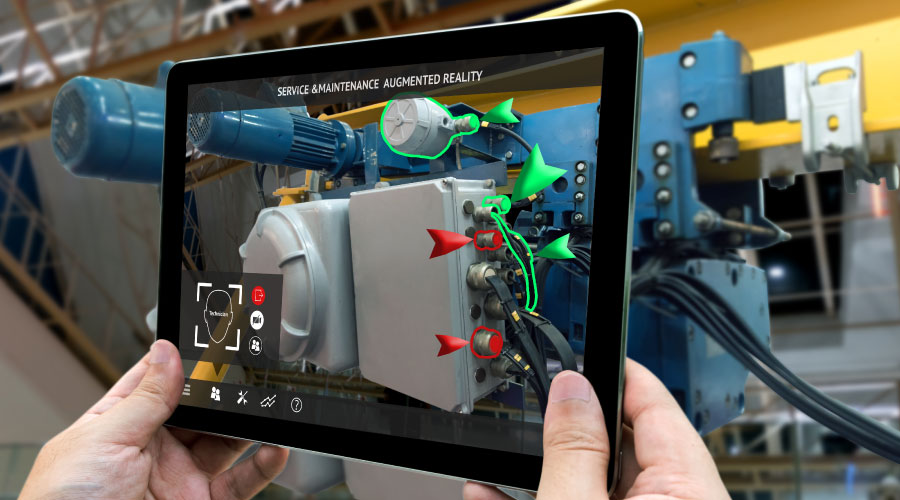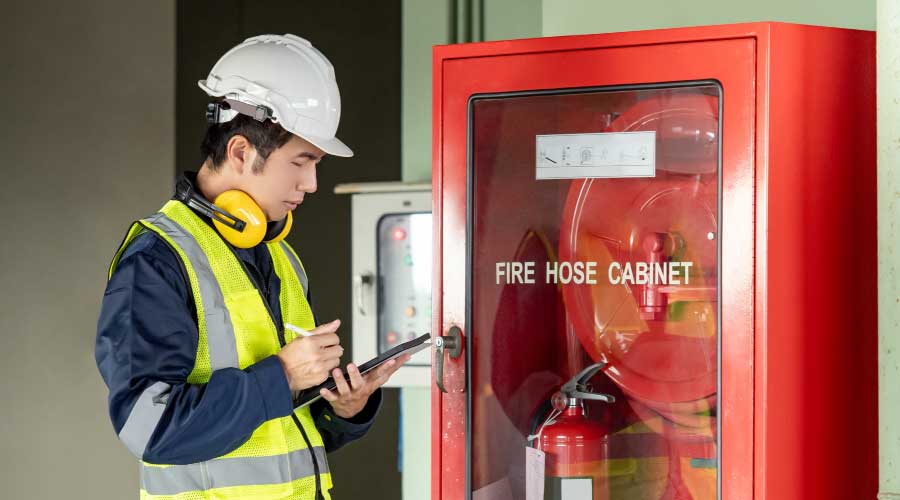Customizing a CMMS for Maintenance
Maximizing a CMMS does not end with training. Paying attention to several other important issues can generate reliable data and help protect the organization’s investment in the CMMS and training to support it.
Deane and Lucas both advise managers to limit data-access rights in the CMMS to allow certain pieces of information to be visible while protecting other pieces.
“Thanks to some creative programming, we’ve been able to develop Web-based interfaces that provide easy access to just the pieces of information we want staff members to see,” Lucas says.
Managers then can increase access rights as needed when a user’s job responsibilities change and require more access to other areas within the CMMS, Deane says.
Lucas also advises taking full advantage of a CMMS’s power and flexibility, instead of assuming the department has tapped all of its power.
“No CMMS can fit every organization’s needs perfectly,” he says. “At some point, they’ll discover a function they require that their chosen CMMS won’t be able to fulfill the way they need. This doesn’t necessarily mean they have to go out and buy another application.
“There is room for creative minds to develop interfaces, links, mini-apps, imports and exports that can expand the capabilities of the CMMS.” This approach is especially important for managers working in institutions where other applications, such as purchasing, finance and human resources, officially handle many CMMS functions, he says.
As with many other issues, the department and the organization will benefit when the system’s actual users — managers, support staff and tradespeople — take part in any decision making.
“Make sure through the years, you continue to include the departmental team for input as changes are made to the CMMS to keep up with the growth of the physical plant, new technology, and changes in management and operational requirements of the database,” Deane says.
The entire process of maximizing a CMMS might even cause managers to rethink their definition of a CMMS and, in turn, its role in the department and the organization.
“By thinking of the CMMS as nothing more than a large database of information where data originates or is imported from other sources, we could commit to making it our central business system and information repository using the techniques mentioned above,” Lucas says. “This has made our data more robust by adding levels of detail other university systems could not provide on their own. Information also can be crosscut in a way that makes more sense to a maintenance manager.
“Instead of seeing costs only by account number, the CMMS allows us to see costs by work-order type, trade, equipment-tag number, and, as a result, the CMMS is tied to every activity we undertake and has allowed us to become much more effective at managing the organization.”
Related Topics:














